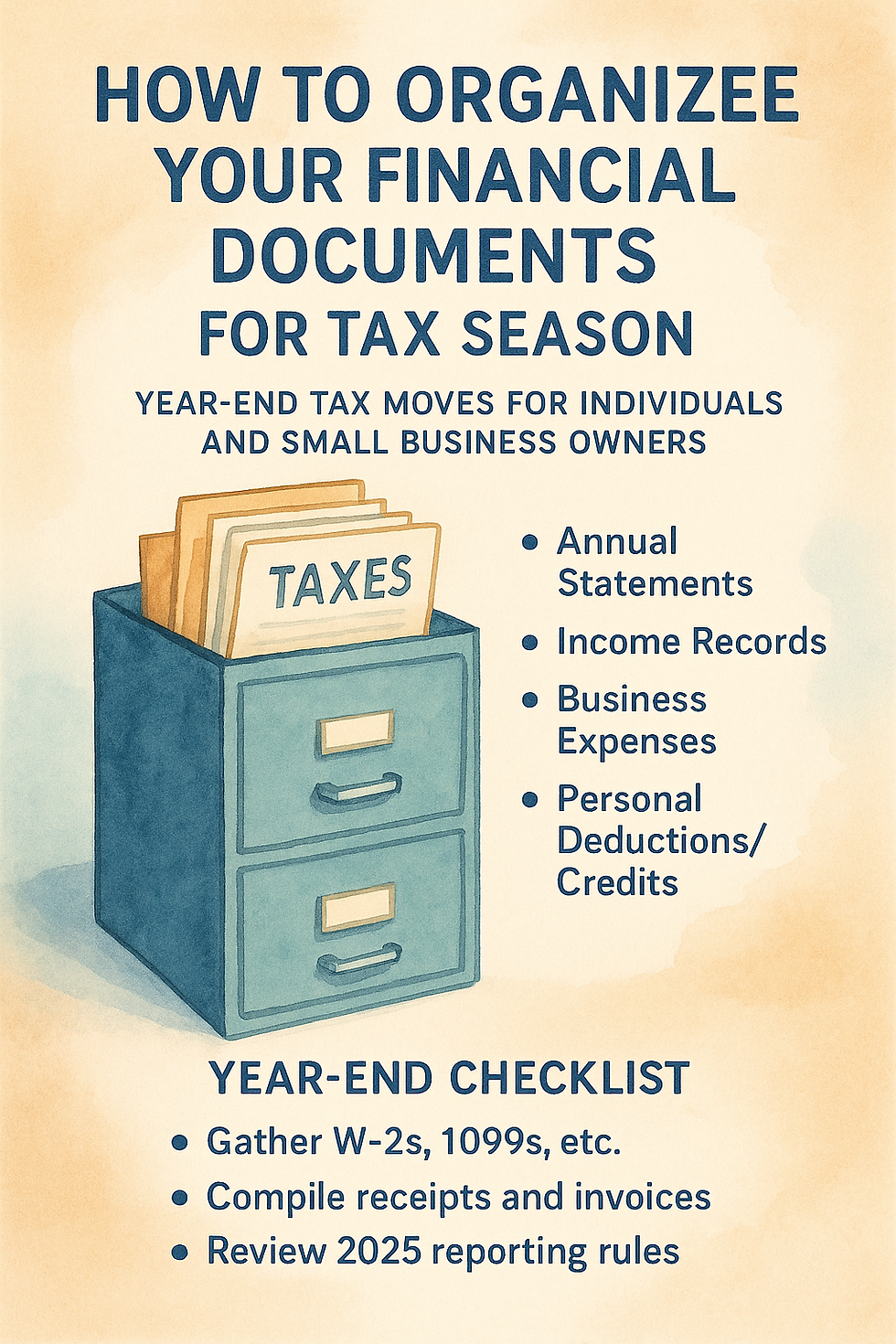Cash Flow vs Profit: Why They Don’t Always Match
- Gloria

- Jun 30
- 2 min read
Why Your P&L Says You’re Profitable—but Your Bank Account Disagrees
You’re turning a profit—at least, that’s what your profit & loss (P&L) statement says. But your bank account tells a different story. If you’ve ever scratched your head wondering where all your cash went, you’re not alone.
The truth is, profit doesn’t always equal cash in the bank. That disconnect usually lives in your balance sheet, quietly draining funds—or occasionally adding them—without showing up on your income statement.
Let’s break down the hidden cash transactions that can make or break your business’s financial reality and help you understand the real difference between cash flow vs profit.

Where Does the Money Go When Owners Take Draws?
Unlike salary, owner withdrawals don’t appear on the P&L. They include personal expenses paid from the business or direct cash transfers to the owner's personal account. Withdrawals reduce cash without affecting reported profit. When taken regularly—especially when they exceed the cash available after covering operating expenses and debt payments—they can quietly drain your available funds.
Why Don’t Loan Payments Show Up as Expenses?
Only the interest portion of a loan payment shows on the P&L. Principal repayments reduce both your loan balance and your bank balance, without affecting reported profit. If unplanned, these regular payments can strain your cash—even in profitable months.
How Do Big Purchases Affect Your Cash?
Big purchases like equipment or leasehold improvements are recorded on the balance sheet. But the cash goes out immediately—creating a mismatch. Plan ahead for large purchases to avoid cash surprises.
What Happens to Cash When You Increase Inventory?
Stocking up on inventory uses cash today, but that spending doesn’t show up as an expense until the inventory is sold. Unsold items sit on the balance sheet as assets. If a large portion of your cash is tied up in inventory, it can leave your business cash-poor, even when you’re managing costs well.
Why Isn’t Invoiced Revenue the Same as Cash?
When you invoice customers and wait for payment, the revenue appears on your P&L right away—but the cash doesn’t. Until the customer pays, your profit is only on paper. The longer receivables sit unpaid, the more they inflate your income without actually improving your cash position.
How Can You Close the Cash Flow vs Profit Gap?
To manage the disconnect between reported profit and actual cash, use these practical strategies:
Build a cash-flow dashboard: Monitor draws, loan principal, capital expenditures, and A/R weekly.
Plan distributions carefully: Base them on cash flow, not profits.
Budget with the balance sheet in mind: Anticipate large purchases and loan payments.
Manage working capital: Speed up collections, control inventory, and extend payment terms when possible.
Profit is important—but cash is essential
Pair your P&L with regular balance sheet reviews and cash-flow forecasting.
When they disagree, trust the cash.
Ready to Take Control of Your Cash Flow?
If your profit looks great on paper but your bank balance says otherwise, you're not alone—and you don't have to figure it out by yourself.
Contact us today to schedule a review and learn how to turn paper profits into lasting cash confidence.





Comments